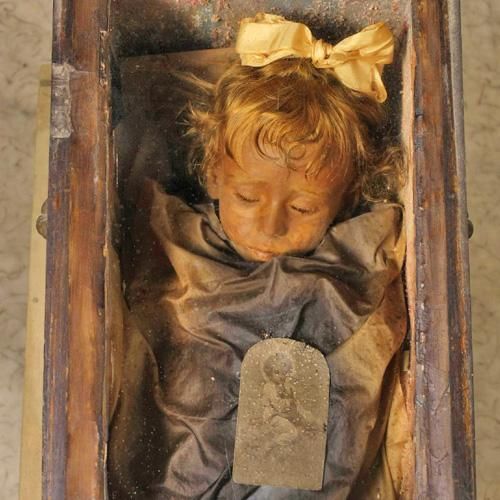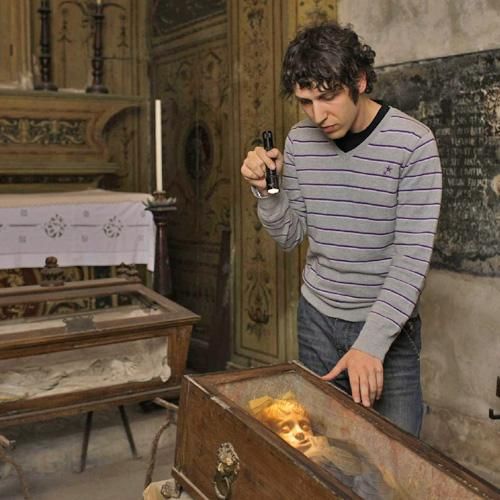It is not easy for grieving parents to come to terms with the loss of their child. And in the case of officer Mario Lombardo from Palermo in the Sicilian province of Italy, the death of his two-year-old daughter Rosalia in December 1920 was no less than a heart-breaking tragedy.
Failing to overcome his grief, Lombardo decided to embalm Rosalia who had died of pneumonia. He called for a local embalmer, Alfredo Salafia, to help preserve his daughter's body in a casket.
After seeking permission from officials, Rosalia was enshrined in the catacombs of the Capuchin Convent. Salafia, who at the time had more than 20 years experience of embalming, did the job. His handwritten personal memoir explaining his method was unearthed by an Italian anthropologist, Dario Piombino-Mascali, from the Institute for Mummies and the Iceman.
Truth unearthed
“Rosalia has been preserved because of formalin, alcohol, glycerin, salicylic acid and zinc salts used to embalm her,'' said Piombino-Mascali in an e-mail to XPRESS. “The formula used by Salafia helped stop her body from decomposing even after so many years, since Rosalia's face looks as fresh as if she had passed away lately,'' he said. In a study published by Piombino-Mascali, Salafia never divulged the details of the chemical he used prior to his death, and the compound of his preservative remained shrouded in mystery. However, in 2007, after a detailed archival research and the subsequent interview of some living relatives, Piombino-Mascali was able to acquire Salafia's notes.
Piombino-Mascali's findings opened a new debate on whether modern-day embalmers can use the formula to preserve bodies. But Piombino-Mascali says no. He said it is possible to preserve bodies as specimens for experiments, but it can't be used for modern-day embalming.
Mummification
“Salafia used zinc salts for mummification. And at present, it is not legal to preserve bodies, according to the US legislation on embalming. To be honest, I am a supporter of cremation, which is more hygienic and sorts out problems related to space as well.'' Very often comparisons have been made between Egyptian mummification and the methods used to preserve bodies in places like Palermo.
“The process of mummification [in Palermo] is completely different because the Egyptians removed the internal organs with the exception of the heart, and used bandages and resins,'' he said, adding that the majority of bodies in Palermo are desiccated through a simple method consisting of placing the bodies on special structures called ‘drainers' and leaving them there to allow fluid dripping and natural desiccation, most probably due to natural environmental and climatic conditions within the casket.
Piombino-Mascali said embalming has been present for centuries, but today's embalmers treat the body temporarily, because “the main aim of embalming is to allow viewing of bodies by family and friends''.
The formula
The handwritten manuscript, entitled “New special method for the preservation of an entire human cadaver in a permanently fresh state'' described the ingredients of his unknown preservative, namely one part glycerin, one part formalin saturated with both zinc sulphate and chloride and one part of an alcohol solution saturated with salicylic acid. As far as the embalming procedure was concerned, this was characterised by a great simplicity, consisting of a single-point injection, preferably into the femoral artery via a gravity injector.
Embalming for eternity: Sleeping beauty
Embalming for eternity: Sleeping beauty














